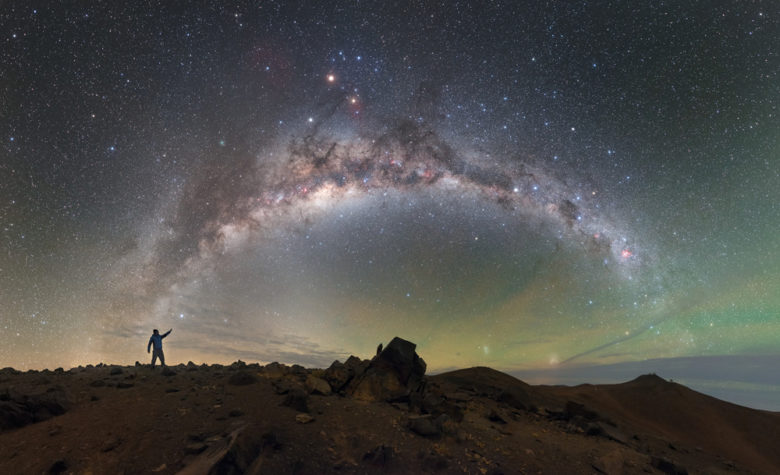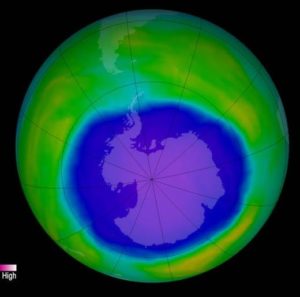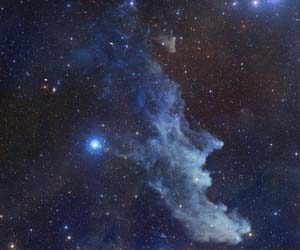The Milky Way is the galaxy we live in, one of the countless collections of stars and dust throughout the universe. It’s a reality so basic, grade school kids learn it.
But it wasn’t always so obvious.
Just 100 years ago, the nature of the Milky Way — and the universe itself — was still a matter of debate. On April 26, 1920, astronomer Harlow Shapley claimed our galaxy was the entire universe. Astronomer Heber Curtis countered that the blurry star clusters seen with a telescope were “island universes,” separate from, but analogous to, the Milky Way.
Within five years, Edwin Hubble produced a reliable distance to one of the clusters we now know is our neighbor, the Andromeda Galaxy. His measurements showed that the gulf is so vast, Andromeda must be outside the Milky Way. Upon seeing a note from Hubble describing the results, Shapley said, “Here is the letter that destroyed my universe.” He wasn’t all wrong, though. In the years since, his prediction that our solar system is far from the Milky Way’s center was proven true.
Size
Population
The Neighborhood
The Name
Galaxy Anatomy
Central bar: Some spiral galaxies, like our own, have a thick bar full of stars and dust cutting across the center; it’s typically a sign of an older galaxy.
Center: As with most galaxies, ours has a supermassive black hole in the center. It’s named Sagittarius A* and weighs as much as 4 million suns.
Arms: Our galaxy has two prominent arms, Perseus and Scutum-Centaurus, and a handful of fainter ones, a difference mostly due to uneven star distribution.
Us: Our solar system lies in an offshoot of the Sagittarius arm known as the Orion Spur, some 26,000 light-years away from the galactic center.
Disk: Most of the Milky Way’s stars, gas and dust lie in this flat plane.
Bulge: The Milky Way bulges toward its center, with a roughly X-shaped distribution of stars at its core.
Halo: Surrounding the flat disk of our galaxy lies an enormous ball-shaped collection of hot gas, spinning in the same direction as the Milky Way’s arms.



